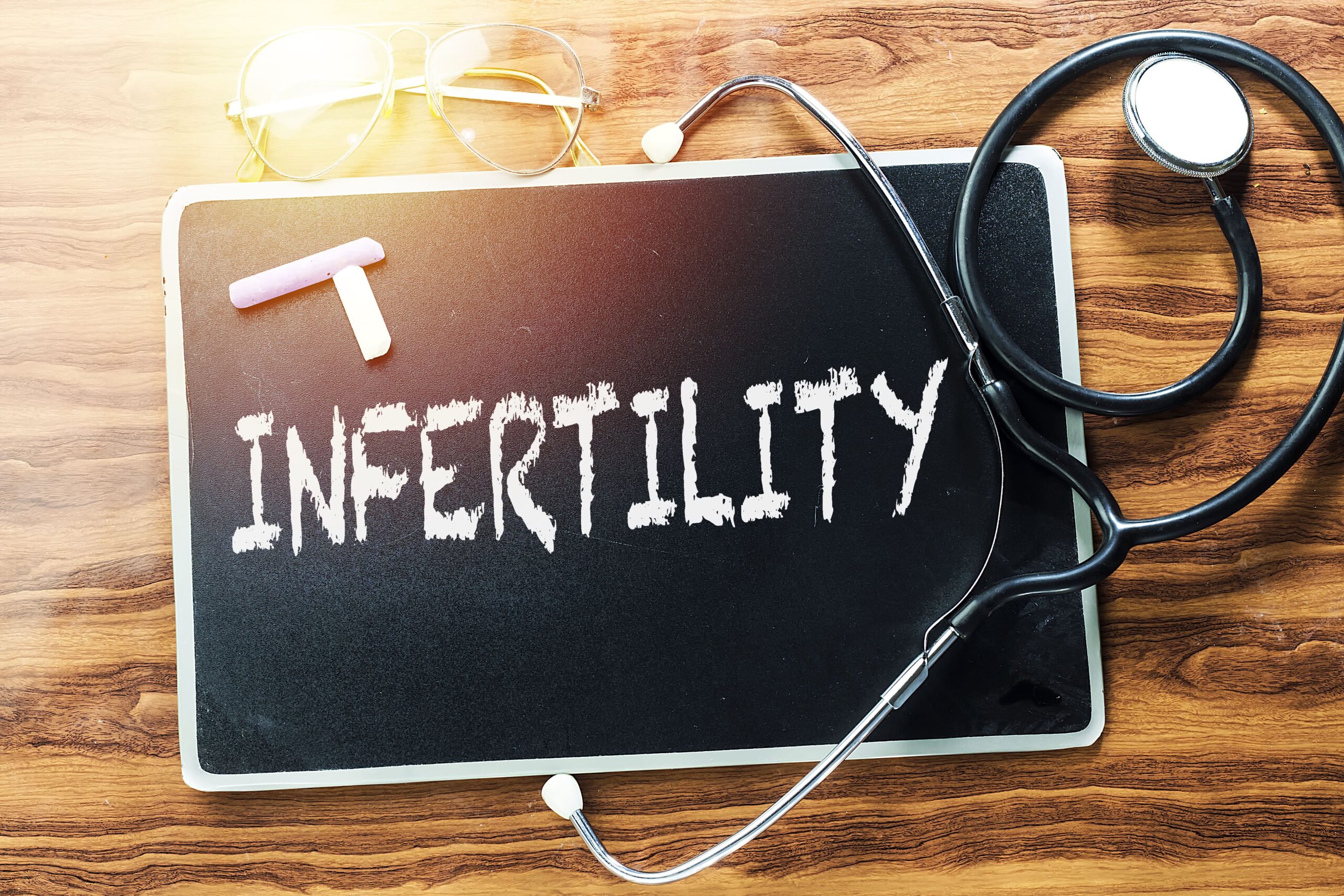What diagnostic procedures should be applied in adolescents with possible endometriosis?
Diagnostic process
In adults, the time from symptom onset to endometriosis diagnosis can be approximately 7 years if symptoms start in adulthood and over 12 years if they start in adolescence. The diagnostic process in adolescents can be more complicated, and doctors and caregivers often do not consider endometriosis in adolescents. Adolescents experiencing symptoms often wait three times longer to be diagnosed than women experiencing symptoms for the first time as adults. Additionally, they are often not taken seriously or are told they have nothing wrong, which can further delay diagnosis.
Risk factors for endometriosis in adolescents
There are conflicting results regarding whether a family history, genital malformations, and age at menarche are risk factors for adolescents developing endometriosis. Some studies suggest that a positive family history of endometriosis, genital malformations causing obstructions in menstrual flow, and early menarche may increase the risk of endometriosis in adolescents.
Recommendations
Doctors treating adolescents should carefully inquire about medical history and symptoms to identify possible risk factors for endometriosis, such as a family history of the disease, genital malformations that may cause obstructions in menstrual flow, early menarche, or short menstrual cycles. They should also consider the possibility of endometriosis in adolescents who frequently miss school due to menstrual pain or who use oral contraceptives to treat dysmenorrhea. They should also be very attentive to the clinical history for the early diagnosis of Müllerian malformations.
Justification
The diagnosis of endometriosis in adolescents is often delayed, which can negatively impact their quality of life. Identifying risk factors and signs of the disease at this stage can facilitate early diagnosis and improve disease management.
Clinical symptoms
Unlike adults, whose diagnosis can be based on pain or infertility, adolescents are usually diagnosed based on pain alone. Some studies suggest that endometriosis in adolescents may be different from endometriosis in adults, and that symptoms in adolescents may vary more compared to adults. It is important to consider these aspects when evaluating an adolescent with possible endometriosis symptoms.
Symptoms of endometriosis in adolescents
Endometriosis in adolescents can present with ovulatory and non-menstrual pain, heavy bleeding, premenstrual spotting, intestinal symptoms, and systemic symptoms such as nausea, stomach discomfort, or dizziness during menstruation. These symptoms may be more common in adolescents than in adults.
Diagnosis in adolescents
To diagnose endometriosis in adolescents, doctors should take a detailed history and consider symptoms such as chronic or acyclic pelvic pain, especially if combined with nausea, dysmenorrhea (menstrual pain), dyschezia (painful defecation), dysuria (painful urination), and dyspareunia (painful intercourse).
Clinical examination
There is no solid evidence on clinical examination in adolescents. However, vaginal examination may be considered in patients suspected of having endometriosis to identify deep nodules or endometriomas.
Imaging tests
Transvaginal ultrasound is an accepted diagnostic tool, especially for ovarian endometriosis, but it must be performed carefully in adolescents, analyzing whether the patient has an intact hymen or not. Abdominal ultrasound has low sensitivity for detecting early lesions, as they are usually peritoneal. In most cases with an intact hymen, our group recommends magnetic resonance imaging (MRI) for mapping endometriosis, in order to document lesions such as endometriomas and deep endometriosis. This can be a baseline examination for the future development of the disease and to provide appropriate treatment and counseling.
In summary, endometriosis in adolescents can present differently than in adults, so it is important for doctors to be aware of the symptoms and to make an early and accurate diagnosis to provide appropriate treatment.
Laboratory parameters
The use of serum biomarkers (e.g., CA-125) to diagnose or rule out endometriosis in adolescents is not recommended. Data support this conclusion, so the evaluation of serum biomarkers is not recommended. In patients with suspected endometriosis, whether by imaging studies with mapping by experts, presence of endometriomas, or in patients candidates for surgery, our group recommends the determination of anti-Müllerian hormone. This allows the clinician to have baseline parameters to offer a future outlook on the patient’s fertility desire. Although some studies have sporadically shown a lower level of anti-Müllerian hormone in patients with endometriosis compared to control groups or adolescents without endometriosis, these differences are not statistically significant.
Diagnostic laparoscopy
In adolescents with suspected endometriosis where imaging is negative and medical treatments (with NSAIDs and/or hormonal contraceptives) have not been successful, diagnostic laparoscopy can be considered. To confirm the diagnosis, tissue biopsies may be taken. Although laparoscopy with histology can be costly, it is accessible and feasible. It is important to remember that a negative histology does not completely rule out endometriosis, so careful consideration of clinical evaluation and patient symptoms is needed.
To learn more about managing endometriosis beyond adolescence, including during pregnancy and menopause, you can read our article here.
Histology
Studies in adolescents show that nearly two-thirds of adolescents with chronic pelvic pain (CPP) or dysmenorrhea have laparoscopic evidence of endometriosis. Laparoscopy to confirm the diagnosis of endometriosis can be considered, but should be weighed against the risks of surgery and postoperative complications (weak recommendation).
In summary, it is important to consider the differences in the presentation and diagnosis of endometriosis in adolescents compared to adults, and to carefully consider diagnostic and treatment options for each patient.
If a laparoscopy is performed to diagnose endometriosis in adolescents with dysmenorrhea or chronic pelvic pain, doctors should consider taking tissue biopsies to confirm the diagnosis through histological analysis. It is important to note that even if the biopsy is negative, it does not completely rule out the disease.
Justification
Evidence shows that the rate of histological confirmation of suspected endometriosis in laparoscopy is high (93%). Since endometriosis in adolescents can present different patterns, it is important to confirm the diagnosis with biopsies. Although laparoscopy with histology can be costly, it is accessible and feasible. It is important to remember that a negative histology does not completely rule out endometriosis, so careful consideration of clinical evaluation and patient symptoms is needed.




